Exhibition: Cabourg, Villa du Temps retrouvé, March 4 – November 12, 2023
The painting was restored by a restorer authorized by French museums who lined the canvas to protect it (this is not re-lining).
Born in Rodez in 1867 to a lithographer father, Eugene Loup took his first drawing lessons in his hometown before joining the Toulouse School of Fine Arts, where he was a student from 1884 to 1886. In 1887, he leaves for Paris to join his cousin, the painter Maurice Bompard. He studied there until 1890 at the Academie Julian, in the studio of two official painters, Benjamin-Constant and Jules Lefebvre.
In 1889 and 1892, he exhibited portraits at the Salon of French Artists, before joining the Société nationale des beaux-arts from 1893. The pastels that he presented to the public at the Salon of 1899 earned him a travel grant. , thanks to which he traveled to Flanders and Italy. From the end of the 1890s, Eugene Loup multiplied variations around the model of this painting, of which he produced numerous portraits in oil and pastel.
The titles given in the Salon booklets, such as Rêverie, Lassitude, Broderie or Convalescente, do not, however, reveal its identity. With its soft and regular features, the paleness of its skin and its large eyes lost in the vagueness, to which the artist adds bare backgrounds and the use of neutral colors, this figure of solitary muse is thus akin to a an ideal, almost disembodied being, whose portraits in the form of snapshots delivered by the artist attempt to depict states of mind. Over the years, they allowed Eugene Loup to create a personal work imbued with great poetry.







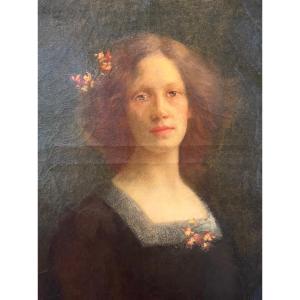





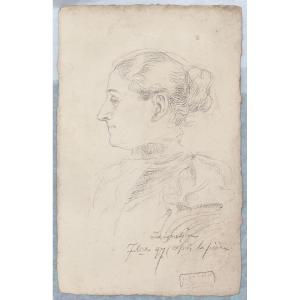

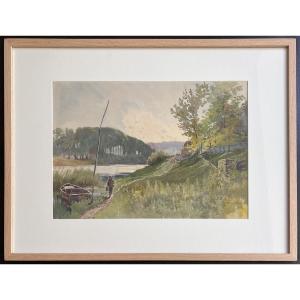

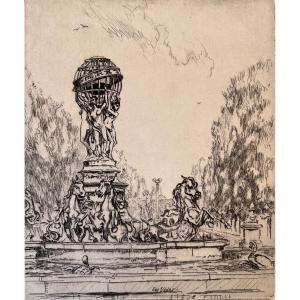
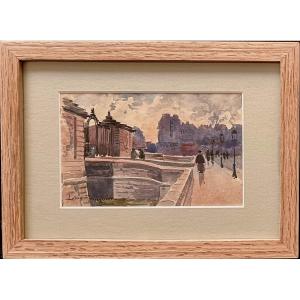


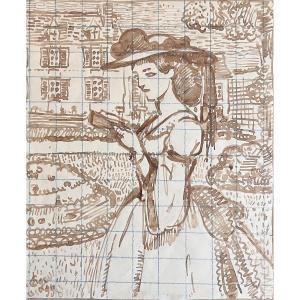




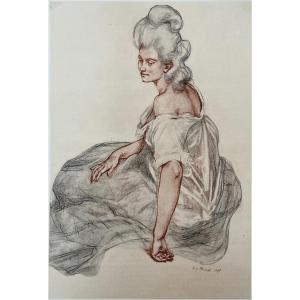





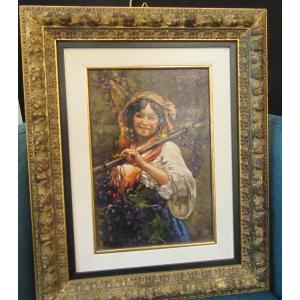



 Le Magazine de PROANTIC
Le Magazine de PROANTIC TRÉSORS Magazine
TRÉSORS Magazine Rivista Artiquariato
Rivista Artiquariato